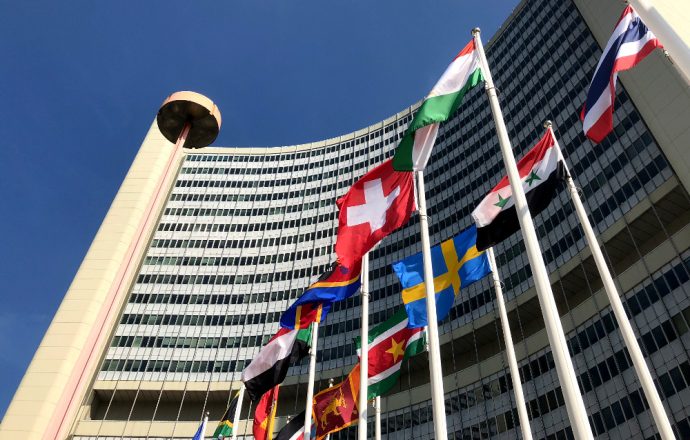A comprehensive safety culture particularly incorporates, alongside the nuclear safety of the installations and processes, the security of nuclear installations and nuclear materials, radiation protection of employees and the general public, fire protection, conventional health and safety, emergency protection, information security and safety and security in the transport of radioactive material and the storage and interim storage of radioactive waste.
Safety culture and security culture: two different cultures?
Internationally, a differentiation is made ever more frequently between a safety culture (relating to the protection of the humans and the environment against the dangers arising from the operation of a nuclear installation) and a security culture (which relates to the protection of a nuclear installation against unauthorised actions). The reason most often given for this distinction is that security and nuclear safety require a different point of view in given situations.
For example, from the point of view of safety culture, low hurdles such as open doors, or open communications take higher priority with respect to a possible evacuation or to learning from experience respectively. In contrast, where security is concerned, the prevention of unauthorised penetration into the installation by the locking of doors, or the confidential handling of certain information take higher priority.
Safety and security are aimed at the protection of man and the environment
ENSI considers that both a security perspective and a safety perspective must be firmly anchored in the culture of a nuclear installation, because at the end of the day both views are aimed at the same objective, namely the protection of humans and the environment against the harmful effects of ionising radiation.
In the event of conflicts between safety and security requirements this must be recognised and constructive solutions must be found which fulfil all requirements. It is for these reasons that ENSI explicitly refrains from making a differentiation between safety culture and security culture. The safety culture includes both the aspects of nuclear safety as well as those of security and ENSI, in its supervision, treats them in an integrated manner.









